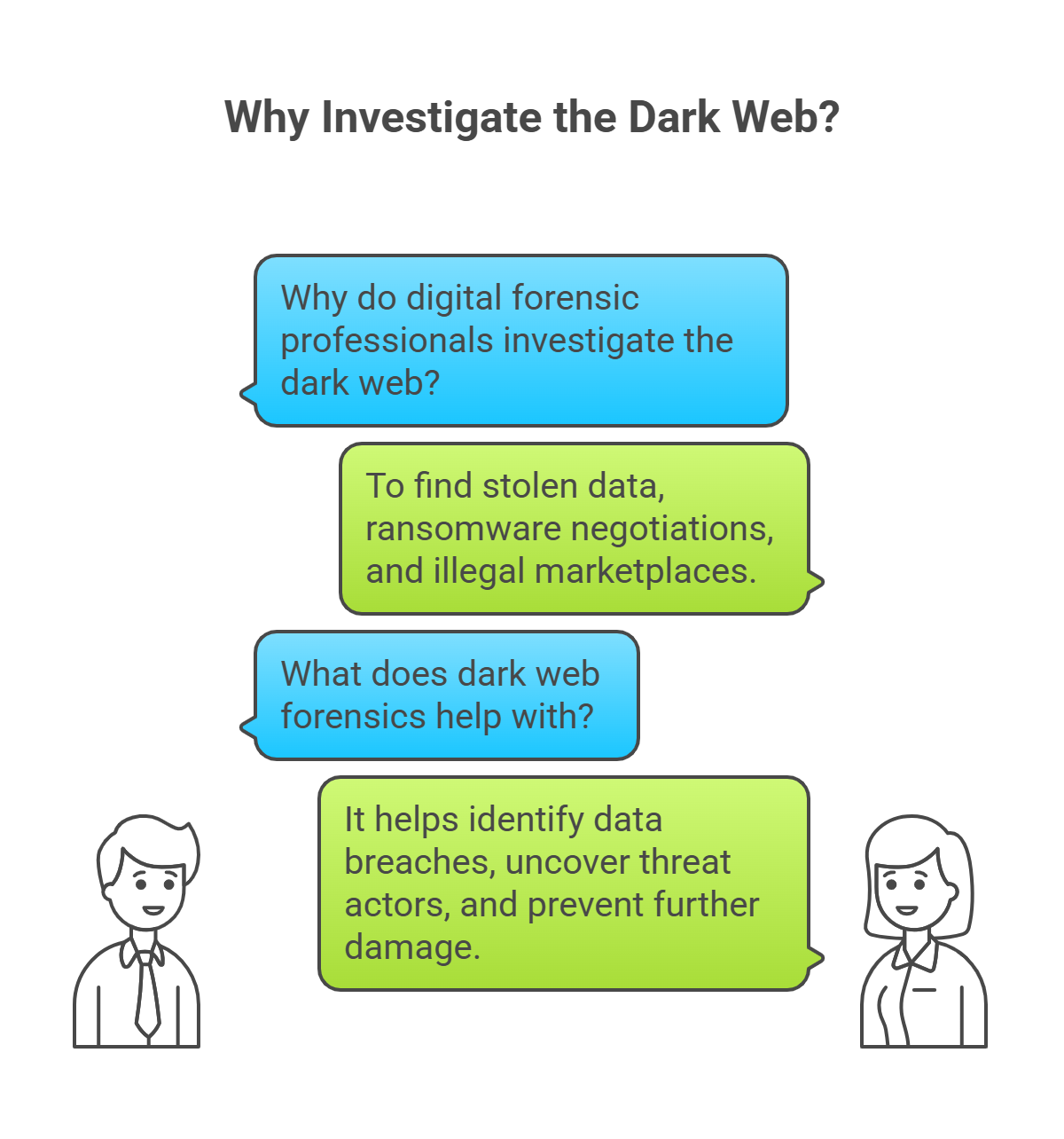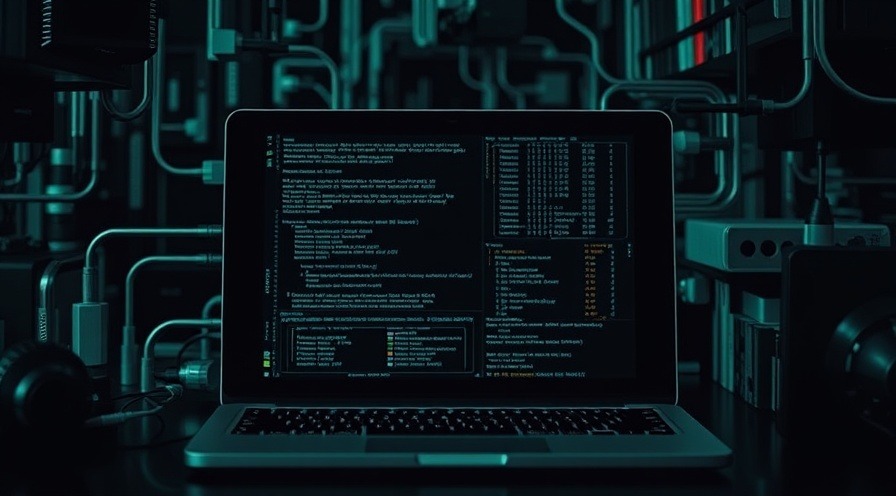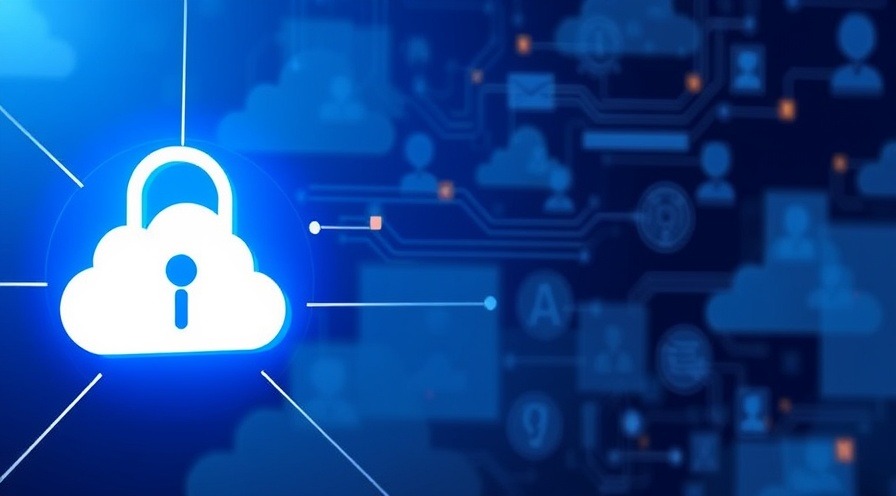
Dark Web Forensics: Hunting Cybercriminals in the Internet’s Shadiest Corners 🕶️
Explore how digital forensics experts investigate crimes on the dark web, analyze Tor browser data, and track illicit activities without getting lost in the shadows. 🕵️♀️🧅
TL;DR 🧠
The dark web is like the internet's sketchy after-hours club—lots of illegal stuff behind password-protected curtains. But with the right tools and mindset, forensic investigators can shine a flashlight on even the darkest digital crimes. 🌑🔦
What Is the Dark Web Anyway?
Let’s clear something up real quick:
The dark web isn’t just where teenagers go to feel edgy. It’s a real part of the internet that operates on anonymity and encryption.
The Internet Iceberg Metaphor:
Surface Web – Google-able stuff (your blog, Wikipedia, cat memes)
Deep Web – Hidden from search engines (bank portals, email, Netflix)
Dark Web – Requires special software to access (Tor, I2P) and hosts hidden services with .onion domains
💡 Insight from Forensic Specialist Thomas Holt, Ph.D. (Michigan State University):
"The dark web isn’t inherently illegal—but many of the marketplaces, forums, and services found there certainly are."
[Source: Holt et al., Cybercrime in Progress, 2015]
Why Investigate the Dark Web?
Digital forensic professionals get involved when:
Stolen data (like customer databases) surfaces for sale
Ransomware gangs negotiate via Tor-hosted chat portals
Illegal marketplaces trade drugs, weapons, or fake IDs
Whether you're working for law enforcement or corporate security, dark web forensics helps identify data breaches, uncover threat actors, and prevent further damage.

Tools of the Trade: Tor Browser Forensics 🔍🧅
Tor (The Onion Router) anonymizes web activity by bouncing traffic through multiple encrypted nodes. It’s what users use to access .onion sites.
Here’s how to analyze it:
🧠 What You’re Looking For:
Target Area |
Data Found |
|---|---|
Tor browser history |
Visited |
Cache and cookies |
Traces of sessions or login credentials |
Bookmarks |
Saved dark web sites |
Downloads folder |
Files pulled from Tor sessions |
📍 Forensic Artifacts Location (on Windows):
C:\Users\[Username]\AppData\Roaming\Tor Browser\
Check the Browser\TorBrowser\Data\Browser\profile.default\ folder for Firefox-based artifacts like places.sqlite and cookies.sqlite.
🧠 Fun Fact: Tor is based on Firefox ESR, so forensic techniques often overlap with standard browser analysis.
Conducting a Dark Web Forensics Investigation: Step-by-Step 🔦
Get legal clearance.
Never access the dark web without proper authorization. You’re not Batman.Capture the environment.
Use disk imaging tools to preserve Tor browser activity from suspect devices (FTK Imager, Autopsy).Isolate and examine Tor-related folders.
Look for.onionURLs, suspicious downloads, or encrypted messaging apps (like Ricochet or TorChat).Correlate with known dark web indicators.
Use threat intelligence platforms to match visited.onionURLs with known marketplaces or threat actor forums.Document meticulously.
Every click, timestamp, and artifact matters. Dark web cases are often part of bigger legal investigations.
What About Hidden Services?
Dark web sites are called "hidden services", and they don’t operate like normal websites.
Feature |
Example (Defanged) |
|---|---|
Domain |
|
Hosted via |
Tor nodes |
Indexed by |
Not Google—use engines like |
Tracked by |
Law enforcement, journalists, threat analysts |
If the suspect interacted with one of these, digital evidence may include:
PGP public keys
Chat logs (copied from .onion portals)
Monero or Bitcoin wallet IDs

TL;DR Recap 🎯
The dark web is a hidden layer of the internet used for both privacy and crime
Forensics experts analyze Tor artifacts like browser history, cache, cookies, and downloads
Legal compliance and documentation are crucial when investigating dark web activity
Use tools like FTK Imager, Autopsy, and The Sleuth Kit to extract and examine evidence
Always defang
.onionreferences and use threat intel feeds for cross-referencing
Up Next in This Series 🚀
We’re diving into email forensics, where you'll learn to extract metadata from shady senders and figure out if “Prince Ndembe” really has $47 million waiting for you. 💸📨
Check out the rest of the EC-Council DFE blog series, packed with fun, scannable, and dead-serious security knowledge. Thanks for reading! If you want to come back for more, go ahead and bookmark our site. You won't want to miss what’s next in the cybersecurity deep end! And if you know someone who'd enjoy this, we'd be so grateful if you'd share it with them.
Tags: Dark Web, Tor Forensics, Digital Forensics, Cybercrime, Cybersecurity, Internet Investigations, EC-Council DFE, Ethical Hacking, Online Privacy
 Add Row
Add Row  Add
Add 




Write A Comment